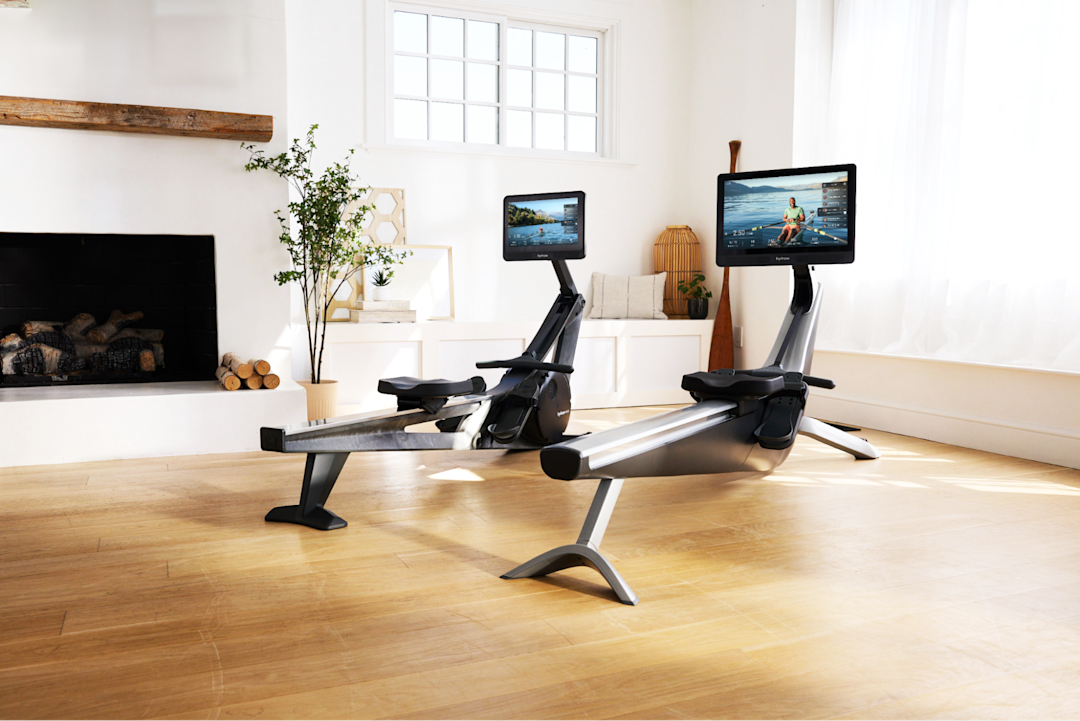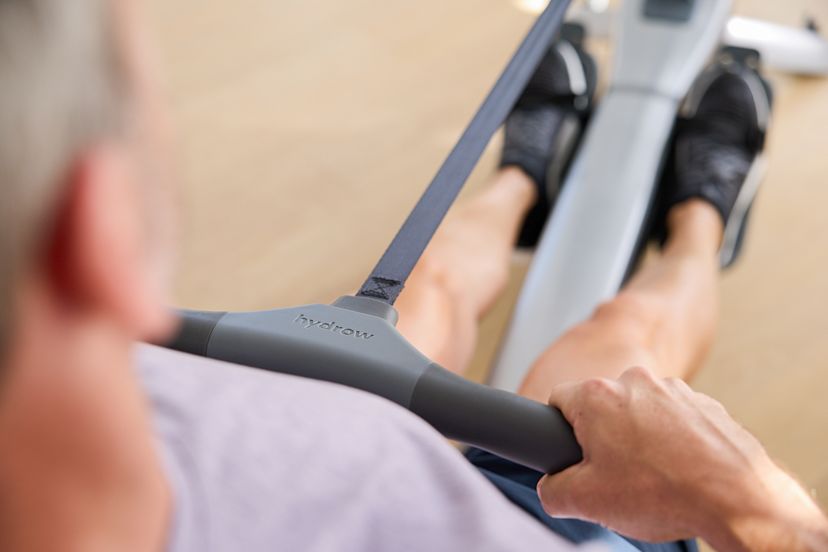What Is Split Time in Rowing, and How Can You Improve Your Split Time?

If you’re new to rowing, you’re likely looking to familiarize yourself with rowing terminology and all the new performance metrics on the screen in front of you. For many at the beginning of their rowing journey, one major question is, “What is split time?”
In this blog post, we’ll explore:
Let’s get started!
What is split time in rowing?
Simply put, split time is the amount of time it takes to row a certain distance, usually measured in meters. Like lap times for runners or speed (miles per hour) for cyclists, your split is an indication of how much distance you are covering (typically 500 meters). The lower your split time, the faster you are going.
If you are training on an indoor rowing machine, your split time will be displayed on your monitor. The most common measurement used in indoor rowing is the 500-meter split, which is indicated by the metric /500m.
On indoor rowers, split times can be useful for comparing your performance to your own previous results and the performance of others.
What is a good split time in rowing?
A good split time will depend on a variety of factors, including your rowing technique and physical fitness. By monitoring your split time, you can set goals and work toward improving your speed and endurance. However, it’s important to remember that a good split time is subjective and will vary from person to person.
One common practice in rowing is to measure the amount of time it takes for a rower to cover 2,000 meters. In this case, for instance, elite men can row this distance under a 1:30 /500m split, and elite women can row this distance under a 1:48 /500m split.
However, if you’re just starting out and doing a moderate workout for 20 minutes, try to see what it feels like to have your split anywhere between 2:20 /500m and 3:00 /500m.
While we always encourage you to set goals, try your best to focus on improving your own personal best and not comparing yourself to others.

Considering a Hydrow rowing machine? We tackle all your burning questions in our FAQ guide.
The importance of monitoring your split time
Monitoring your split time helps you to keep track of your progress and improve your performance. Your split time gives you an accurate measurement of how long it takes to cover a set distance. By keeping track of your split time, you can identify areas where you need to improve, allowing you to adjust your training program accordingly.
When you know your split time, you can also set realistic goals and targets for yourself. For example, if your current split time is 2:30 per 500 meters, you can aim to reduce it to 2:20 per 500 meters in your next race or training session.
Factors affecting your split time
Your split time will be influenced by several factors. Understanding these factors can help you identify areas for improvement and make adjustments to your technique or training plan.
Technique: Your rowing technique is crucial in determining your split time. A flawed technique or improper rowing form can result in inefficiency and reduced power output, which can lead to slower times. Practicing proper form, such as maintaining an upright posture, pushing with your legs first, and maintaining a steady stroke rate, can help you improve your split time.
Fitness level: Your overall fitness level — including your cardiovascular endurance and muscle strength — can also affect your split time. Regular cardio and strength training can help improve your endurance, power output, and overall performance on the rowing machine.
Equipment: The type and quality of equipment you use can also affect your split time. Using a high-quality rowing machine that’s properly calibrated and maintained can ensure consistent and accurate measurements of your split time. If you find your split time varies among different machines, don’t get frustrated — they may be calibrated differently. You may see small differences but shouldn’t see anything wild.
By considering these factors and making adjustments as necessary, you can improve your split time and overall performance.
How to improve split time in rowing
There is an old vaudeville joke, “How do you get to Carnegie Hall?”
Practice, practice, practice!
Here are some tips to help you row faster and more efficiently:
Work on your technique: The better your rowing technique, the more efficient your stroke will be and the faster your split time will become. Focus on proper posture, form, and timing to get the most out of every stroke.
Increase your power: Building strength in your legs, back, and arms will allow you to generate more power in each stroke. This will translate into a faster split time. A good way to build strength is cross-training with another workout type like circuit training.
Practice interval training: Incorporating interval training into your rowing routine can help you push yourself harder and increase your speed. Try alternating between periods of high intensity and recovery.
Improve your endurance: Building endurance is key to maintaining a fast split time throughout longer races or workouts. Make sure to include longer, steady-state rows in your training regimen.
Monitor your progress: Keep track of your split time and try to set achievable goals to improve it over time. Seeing your progress can help motivate you to continue pushing yourself.
Improving your split time takes time, patience, and dedication. But with consistent effort and the right techniques, you can become a faster, more efficient rower.
Final thoughts
Now that you understand the ins and outs of split time and how you can improve your split time, remember that the most effective way to improve your split time is through consistent practice, proper technique, and a focused mindset. Don't get discouraged if you don't see immediate results — progress takes time, and everyone is on their own journey!
Finally, keep in mind that rowing is a sport that requires dedication, discipline, and hard work. Stay motivated by setting realistic goals, seeking out supportive teammates and coaches, and focusing on the joys of the sport. With these elements in place, you'll be well on your way to achieving your best split time yet!

Explore Hydrow
Learn more about how you can transform your fitness routine with a rowing machine.





